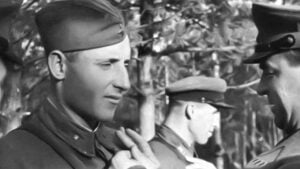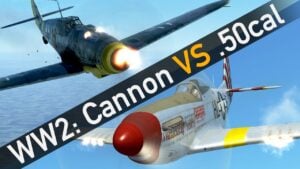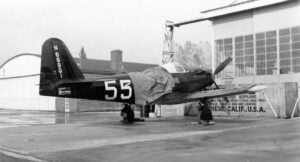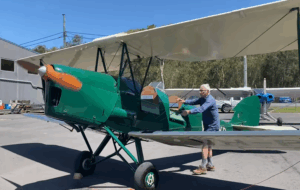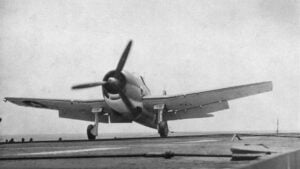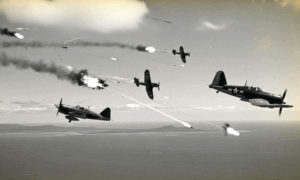Is This The Best Fighter Never Built?
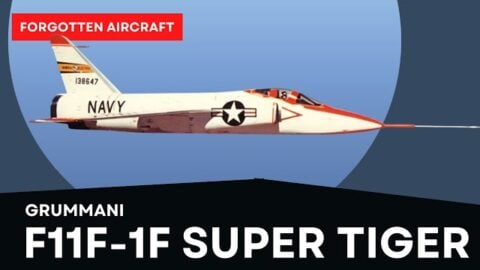
YouTube / Ed Nash's Military Matters
When it comes to great combat aircraft that never made it into full service, the list is long—but one name deserves a top spot: the Grumman F11F-1F Super Tiger. With a proven airframe, exceptional performance, and real export potential, the Super Tiger was an aircraft that checked nearly every box—except timing.
From the F-11 Tiger to a Super Fighter
The Super Tiger had its roots in the F-11 Tiger, a sleek single-seat Navy fighter that entered service in 1956. While promising, the Tiger’s Wright J65 engine left much to be desired. Grumman saw an opportunity—and in 1955 proposed upgrading two F-11s then under construction with the General Electric J79, the same engine used in the F-104 Starfighter.
This wasn’t a minor tweak. The J79 was not only 250 pounds lighter, but it delivered 2,600 more pounds of thrust without afterburner. Other key upgrades included a larger nose to house an AN/APQ-50 all-weather radar—the same used on early F-4 Phantoms—and redesigned intakes for improved airflow at high speeds.
Performance That Impressed
The Super Tiger’s first test flight took place on May 7, 1956, though it had to be aborted due to cockpit overheating. By its second flight, the aircraft had already hit Mach 1.2. Just a few weeks later, it achieved Mach 1.6 at 35,000 feet. In May 1957, after further modifications, the Super Tiger reached a stunning Mach 2.04—becoming the first U.S. Navy aircraft to break Mach 2.
But speed wasn’t its only strength. The Super Tiger had three times the climb rate of the original F-11, twice the combat radius of the F-104 Starfighter, and far better agility. It was also much easier to fly, a serious advantage for carrier operations and pilot safety. It was the rare mix of fighter performance and multirole potential that made it appealing to many air forces.
A Case of Bad Timing
Despite its promise, the Super Tiger arrived too late. The U.S. Navy had already selected the F-8 Crusader as its next-generation fighter. The Super Tiger, developed as a fallback if the Crusader program failed, had no path forward once the Crusader succeeded.
The U.S. Air Force also tested the Super Tiger and gave it high marks. But the service had already committed to the F-104 Starfighter and other Century Series jets. With limited budgets and long-term contracts already in place, the Air Force passed.
Grumman tried to market the aircraft overseas, with several nations—Germany, Switzerland, Japan, and Canada—showing interest. But U.S. export policy, along with pressure to support Lockheed’s F-104 program, meant the Super Tiger never got the green light.
A Missed Opportunity
Only two Super Tigers were ever built. One was destroyed during fire training in the 1980s. The other survives today, on display at the China Lake Museum in California—a quiet end for one of the most promising fighters that never made it to the front lines.
So, does the Super Tiger deserve a spot among the greatest missed opportunities in military aviation history? With its blistering speed, solid handling, and forward-looking design—it just might.














